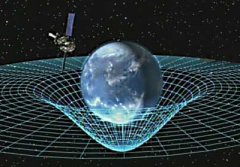
I am sure that you’ve probably read everything you want to read about Harold Camping and his failed prediction that the Rapture of the church would occur on May 21, 2011. However, I would like you to indulge me for just a moment, because I think his failed prediction can actually teach us something about how we Christians need to respect the Bible a bit more than we currently do.
Look at the picture of the van above. It proclaims Camping’s prediction of the coming Judgment, but note what it says on the bottom right. It says, “The Bible Guarantees It.” Now, of course, anyone who knows much about the Bible knows that it actually guarantees that no one (not even the angels) knows the hour or the day of Christ’s return (Matthew 24:36). Thus, to say that the Bible guarantees Camping’s prediction is absurd.
Unfortunately, however, many Christians make one of the the same mistakes that Harold Camping made. They may not be so Biblically illiterate as to think they can state the date of the Rapture, but they do claim the Bible says something when, in fact, the Bible doesn’t even come close to saying that.
Continue reading “Something We Can Learn From the Harold Camping Nonsense”





